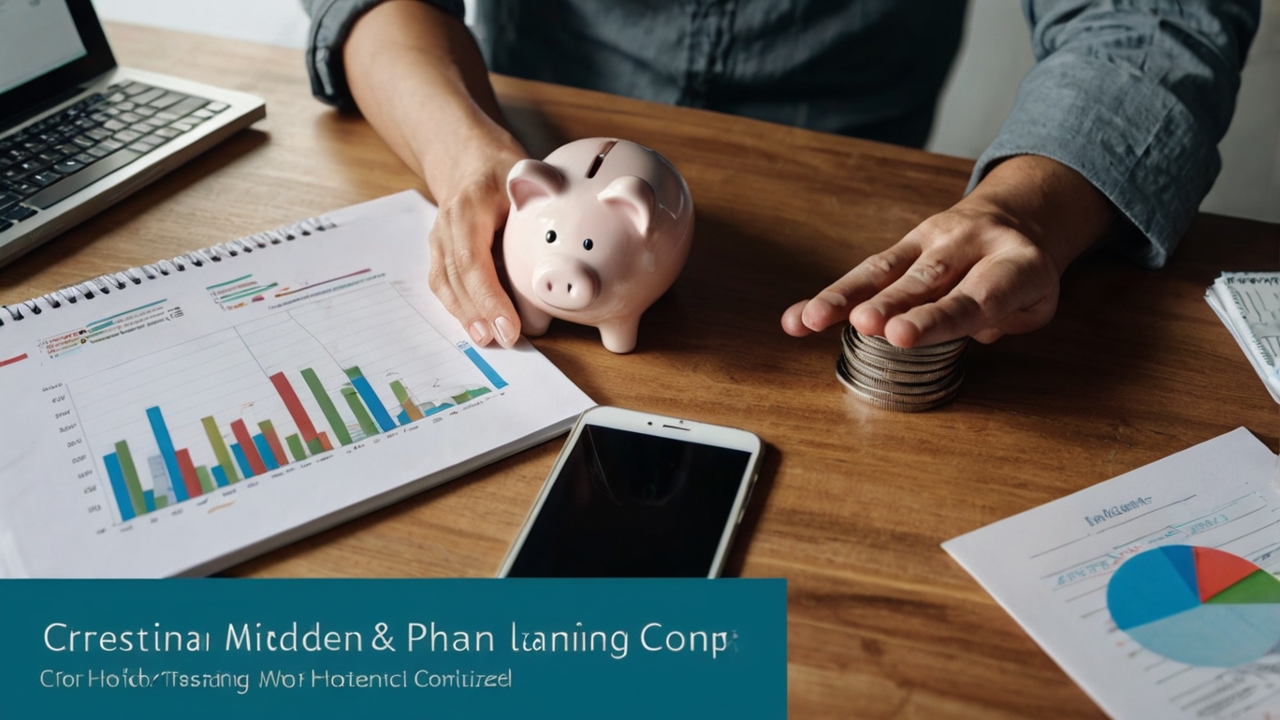Grow and Save: A Comprehensive Guide to Home Gardening for Self-Sufficiency and Financial Savings
In a world of increasing inflation and price volatility, considering alternative ways to secure food and save money becomes a pressing necessity. Home gardening, or backyard gardening, offers an effective and sustainable solution to achieve self-sufficiency and reduce dependence on external markets. This article provides a comprehensive guide on how to start home gardening, from planning and selecting suitable plants to managing the budget and calculating the return on investment.
Chapter 1: Why Home Gardening? Benefits Beyond Saving
Home gardening is not just about saving money; it offers a wide range of health, environmental, and social benefits:
- Saving Money: Growing vegetables, fruits, and herbs at home reduces the need to buy them from stores, saving significant amounts in the long run.
- Improving Health: Fresh vegetables and fruits you grow yourself are richer in nutrients and less exposed to chemicals and pesticides.
- Reducing Environmental Impact: Home gardening reduces the carbon footprint associated with food transportation and packaging.
- Promoting Physical Activity: Gardening is an enjoyable physical activity that helps improve fitness and reduce stress.
- Enhancing Social Cohesion: Sharing surplus crops with neighbors and friends strengthens social relationships.
Chapter 2: Planning is Key: Identifying Space and Resources
Before starting home gardening, it is essential to plan well to identify the available space and required resources:
2.1 Identifying Space:
Whether you have a large garden or just a small balcony, you can utilize the available space to grow a variety of plants. Assess the available space and determine the type of soil and available light.
2.2 Soil Analysis:
Test your soil to determine the pH level and nutrients present. Soil testing kits can be purchased from agricultural stores or samples can be sent to a specialized laboratory.
2.3 Identifying Available Resources:
Assess the available water sources and their costs. Consider using rainwater or recycling water to reduce water consumption.
2.4 Selecting Suitable Plants:
Choose plants that are suitable for your region's climate and soil and light conditions. Start with easy-to-grow plants such as tomatoes, lettuce, and radishes.
Chapter 3: Plant Selection: What Should You Grow?
The choice of plants depends on several factors, including climate, available space, and personal preferences. Here are some suggestions:
- Leafy Greens: Lettuce, spinach, and arugula are easy to grow and provide a continuous harvest.
- Tomatoes: One of the most popular vegetables, can be grown in pots or in the garden.
- Peppers: Peppers are available in various colors and sizes and can be grown in pots or in the garden.
- Herbs: Mint, parsley, and cilantro are easy to grow and add a distinctive flavor to dishes.
- Fruits: Strawberries and raspberries can be grown in pots or in the garden.
Chapter 4: Starting with Planting: From Seeds to Seedlings
You can start planting by seeds or seedlings. Growing from seeds is cheaper, but it takes longer. Growing from seedlings is faster, but it is more expensive.
4.1 Growing from Seeds:
Start by planting seeds in trays or small pots. Use potting soil and keep the soil moist. Place the trays in a warm and sunny place.
4.2 Growing from Seedlings:
Buy seedlings from agricultural stores or nurseries. Choose healthy and disease-free seedlings. Plant the seedlings in suitable soil and water them regularly.
Chapter 5: Plant Care: Watering, Fertilizing, and Pest Control
To get a bountiful harvest, it is essential to care for the plants properly:
5.1 Watering:
Water the plants regularly, especially during periods of drought. Avoid overwatering, as it may lead to root rot.
5.2 Fertilizing:
Fertilize the plants regularly using organic or chemical fertilizers. Choose fertilizers that contain essential nutrients (nitrogen, phosphorus, and potassium).
5.3 Pest and Disease Control:
Inspect the plants regularly for pests and diseases. Use organic or chemical pesticides to control pests. Remove infected plants to prevent the spread of diseases.
Chapter 6: Harvesting and Storage: Reaping the Rewards of Your Labor
When the crops are ripe, harvest them in a timely manner. Store excess crops in the refrigerator, freezer, or by drying or pickling.
Chapter 7: Vertical Gardening: A Solution for Small Spaces
If space is limited, you can use vertical gardening to grow more plants in the same area. Vertical gardening uses pipes and hanging pots to grow plants vertically.
Chapter 8: Hydroponics: An Alternative to Soil
Hydroponics is a method of growing plants without soil, using water and nutrients. Hydroponics requires a higher initial investment, but it can be more productive than traditional farming.
Chapter 9: Calculating Return on Investment: Is Home Gardening Profitable?
To calculate the return on investment in home gardening, track costs and revenues:
9.1 Tracking Costs:
Record all costs associated with home gardening, including the costs of seeds, seedlings, fertilizers, pesticides, and equipment.
9.2 Tracking Revenues:
Record the value of the crops harvested. Compare this value to the costs of gardening to calculate the return on investment.
Example: If you spent $500 on home gardening and harvested crops worth $1000, the return on investment is 100%.
Chapter 10: Tips for Saving Money in Home Gardening
- Use Local Seeds: Local seeds are cheaper and more suitable for your region's climate.
- Make Organic Compost: Use food scraps and leaves to make organic compost.
- Use Rainwater: Collect rainwater for watering plants.
- Exchange Seeds and Seedlings with Neighbors: Exchange seeds and seedlings with neighbors to save money.
- Look for Deals and Offers: Look for deals and offers on seeds, seedlings, and fertilizers in agricultural stores.
Home gardening is a great way to save money, improve health, and reduce environmental impact. Start small and learn gradually, and you will be amazed at the benefits you can achieve.




